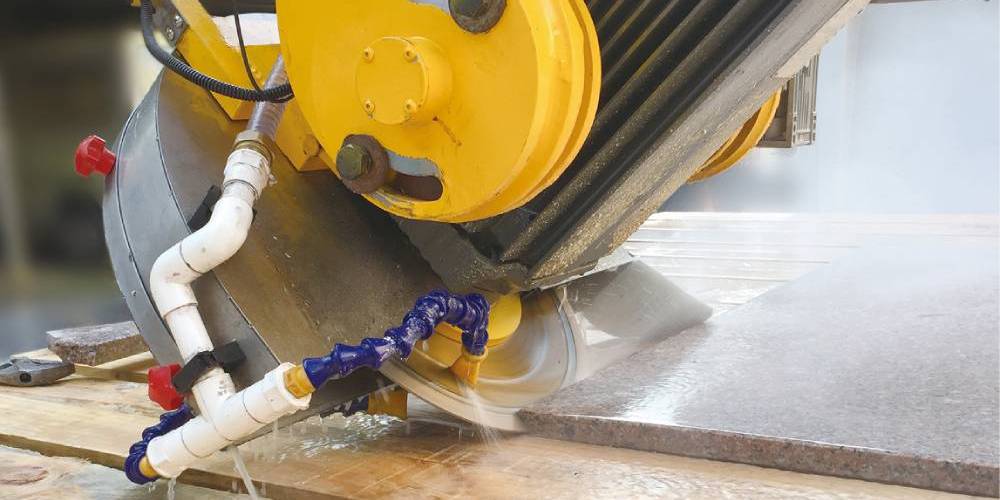During the initial operation of the bridge cutting machine, beginners often find that the cutting section of the workpiece is not ideal and the flatness is not good, resulting in substandard accuracy or even scrapped workpieces, which is very distressing. So what exactly causes this problem and why has it not been completely solved?
1. One point that cutting users often overlook is that the cutting table that carries the steel plate is unstable. This is why we always require customers to make cutting tables according to standards. If the cutting table is used improperly or the cutting table is not welded firmly, if there is vibration caused by heavy machinery around, the steel plate will swing or shift during the cutting process, and the flatness of the cutting surface will decrease.


2. The gap at the connection of the mechanical part is too large. For example, there is a gap between the motor and the gear, the cutting torch bracket is not fixed firmly, the cutting torch lifting and height adjustment device is unstable, the horizontal hanging plate walking bearing is not concentric or damaged, etc. The above situations will cause the cutting torch to shake during movement, resulting in tooth-like ripples on the cutting surface.
3. The verticality of the cutting torch relative to the steel plate will also affect the cutting effect, so it is also very important to calibrate the verticality of the cutting torch before cutting.






